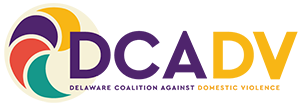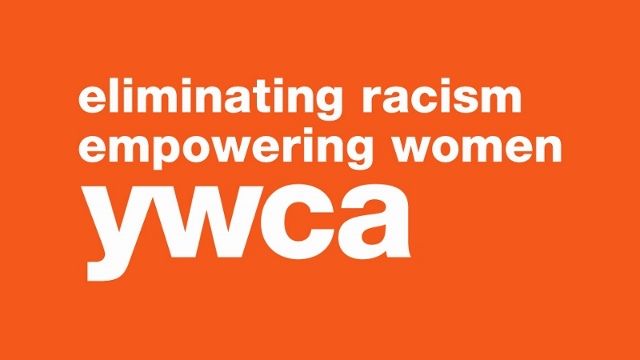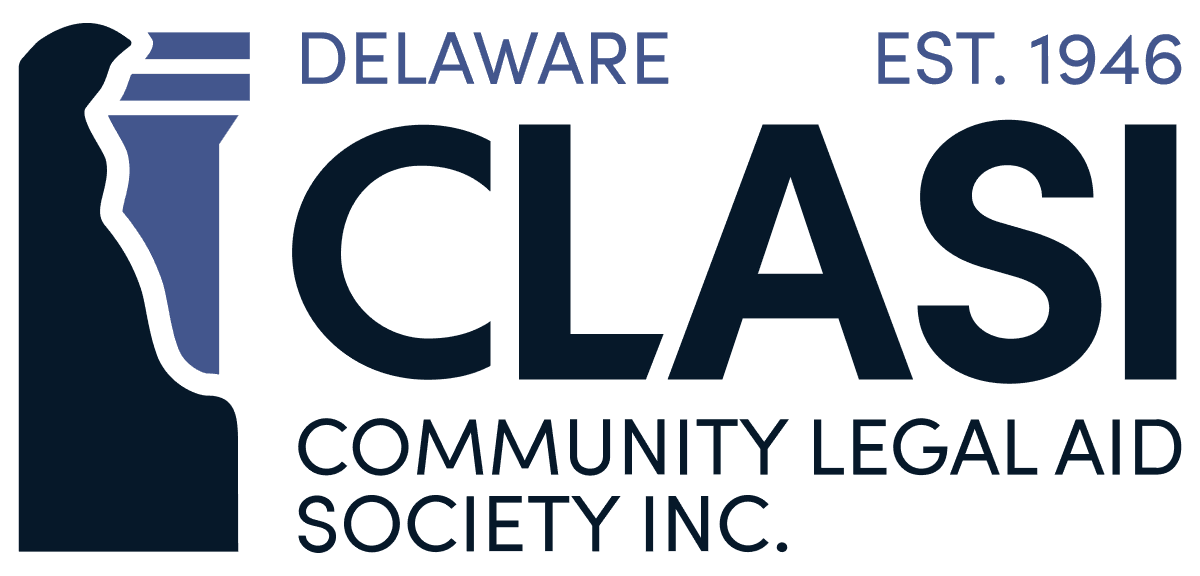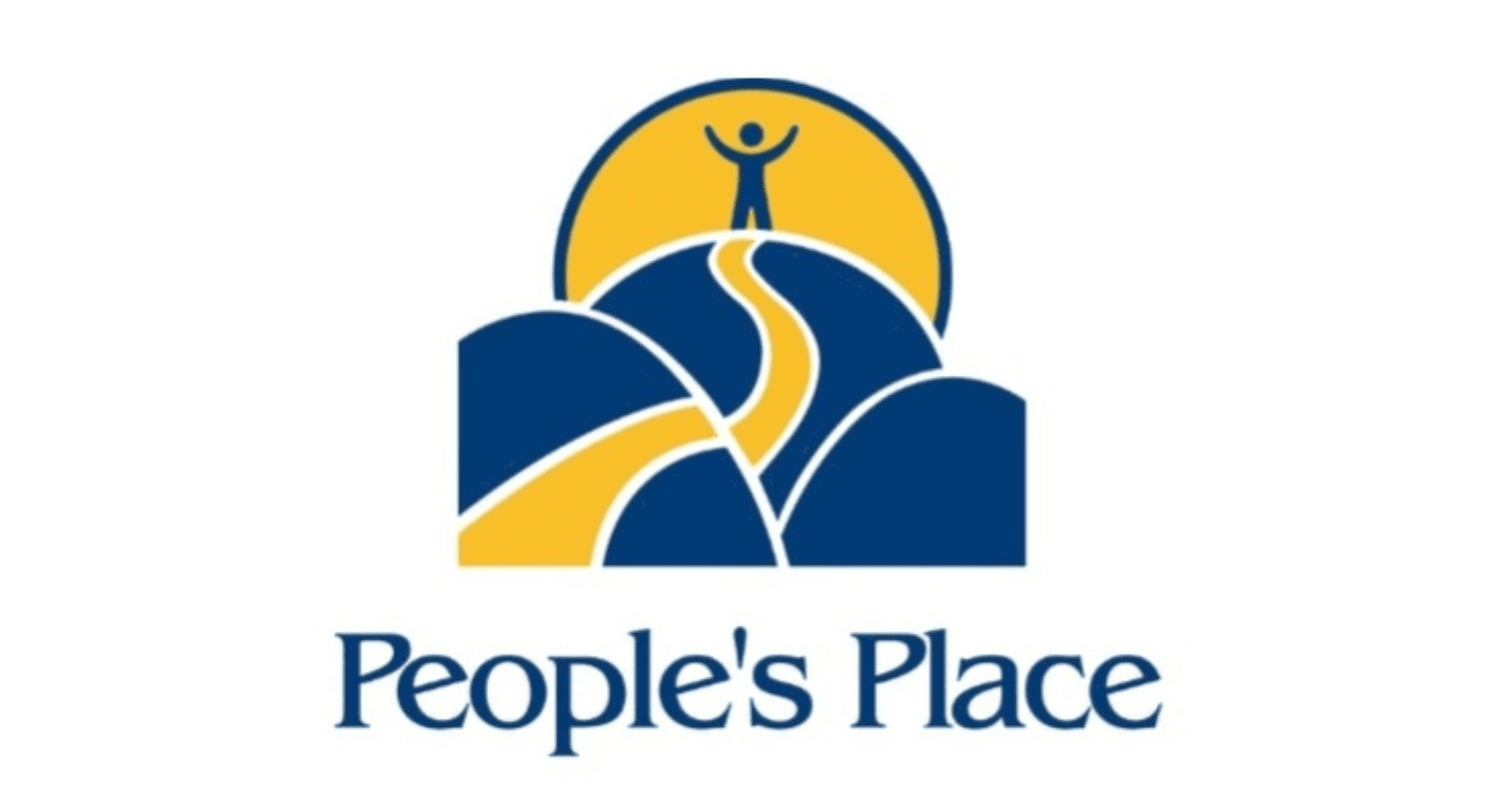What is Human Trafficking?
Official website of the Department of Homeland Security
Blue Campaign
January 2020
What is Human Trafficking?
Human trafficking is modern-day slavery and involves the use of force, fraud, or coercion to obtain some type of labor or commercial sex act. Millions of men, women, and children are trafficked into forced labor situations and into the sex trade worldwide. Many of these victims are lured from their homes with false promises of well-paying jobs; instead, they are forced or coerced into prostitution, domestic servitude, or other types of forced labor. Victims are found in legitimate and illegitimate labor industries, including sweatshops, massage parlors, agricultural fields, restaurants, hotels, and domestic service. Human trafficking is different from human smuggling. Trafficking is exploitation-based and does not require movement across borders or any type of transportation.
Who are the Victims? Who is at Risk?
Trafficking victims can be any age, race, gender, or nationality. Trafficking victims can be men or women, young or old, American or from abroad, with or without legal status. Traffickers prey on victims with little or no social safety net. They look for victims who are vulnerable because of their illegal immigration status, limited English proficiency, and those who may be in vulnerable situations due to economic hardship, political instability, natural disasters, or other causes. The indicators listed are just a few that may alert you to a potential human trafficking situation. No single indicator is necessarily proof of human trafficking.
If you suspect that a person may be a victim of human trafficking, please call the Immigration and Customs Enforcement (ICE) Homeland Security Investigations (HSI) Tip-line at 1-866-347-2423. You can also report online at www.ice.gov/tips.
To reach a non-governmental organization for confidential help and information, 24 hours a day, please call the National Human Trafficking Resource Center at 1-888-3737-888.
How do I Identify Human Trafficking?
Human trafficking is often “hidden in plain sight.” There are a number of red flags, or indicators, which can help alert you to human trafficking. Recognizing the signs is the first step in identifying victims.
Some indicators concerning a Potential Victim include:
Behavior or Physical State
- Does the victim act fearful, anxious, depressed, submissive, tense, or nervous/paranoid?
- Does the victim defer to another person to speak for him or her?
- Does the victim show signs of physical and/or sexual abuse, physical restraint, confinement, or torture?
- Has the victim been harmed or deprived of food, water, sleep, medical care, or other life necessities?
- Does the victim have few or no personal possessions?
Social Behavior
- Can the victim freely contact friends or family?
- Is the victim allowed to socialize or attend religious services?
- Does the victim have freedom of movement?
- Has the victim or family been threatened with harm if the victim attempts to escape?
Work Conditions and Immigration Status
- Does the victim work excessively long and/or unusual hours?
- Is the victim a juvenile engaged in commercial sex?
- Was the victim recruited for one purpose and forced to engage in some other job?
- Is the victim’s salary being garnished to pay off a smuggling fee? (Paying off a smuggling fee alone is not considered trafficking.)
- Has the victim been forced to perform sexual acts?
- Has the victim been threatened with deportation or law enforcement action? Is the victim in possession of identification and travel documents; if not, who has control of the documents?
Minor Victims
- Is the victim a juvenile engaged in commercial sex?
For more information, please visit:
If you suspect that a person may be a victim of human trafficking, please call the U.S. Immigration and Customs Enforcement, Homeland Security Investigations Tip-line at 1-866-347-2423. You can also report online at www.ice.gov/tips.




